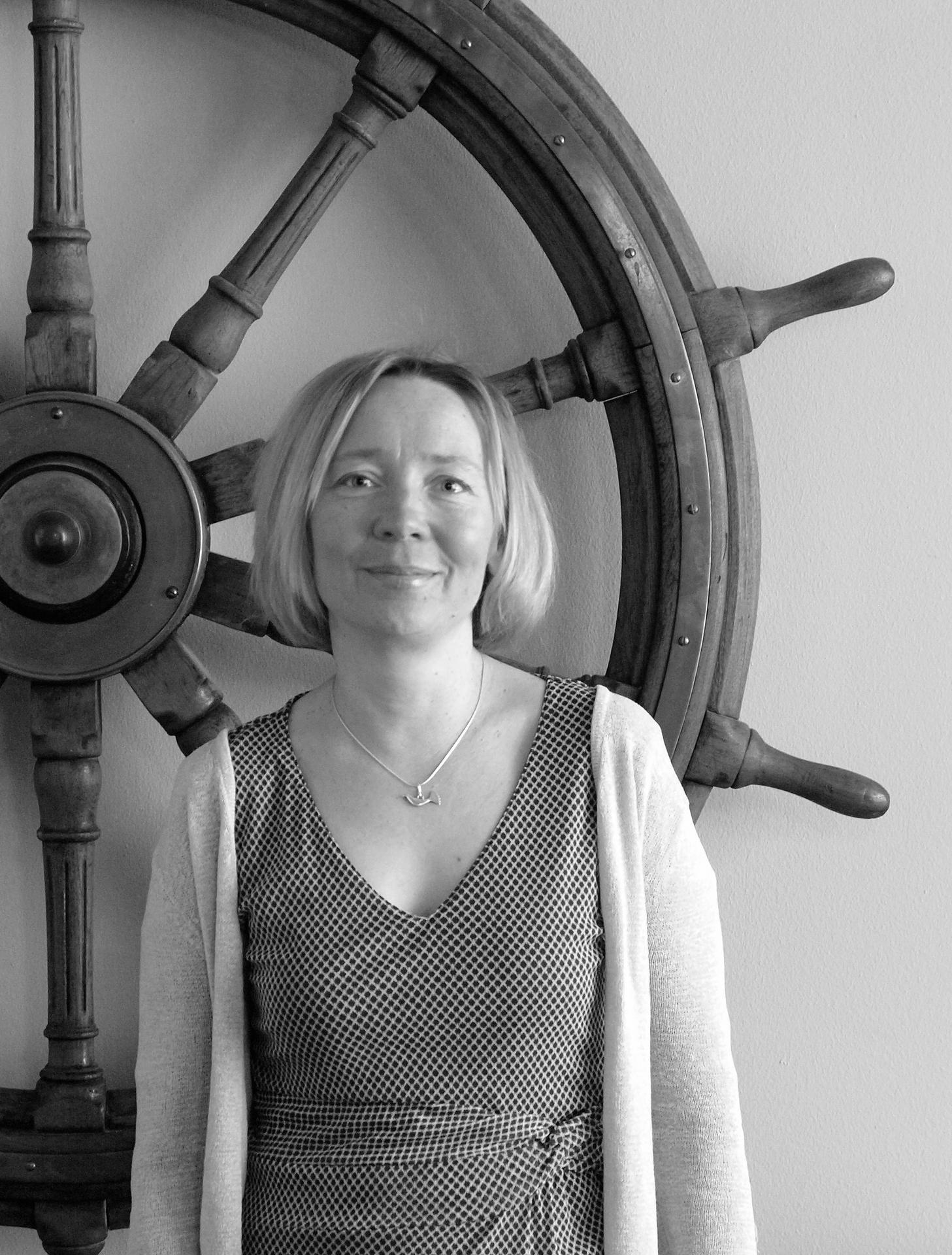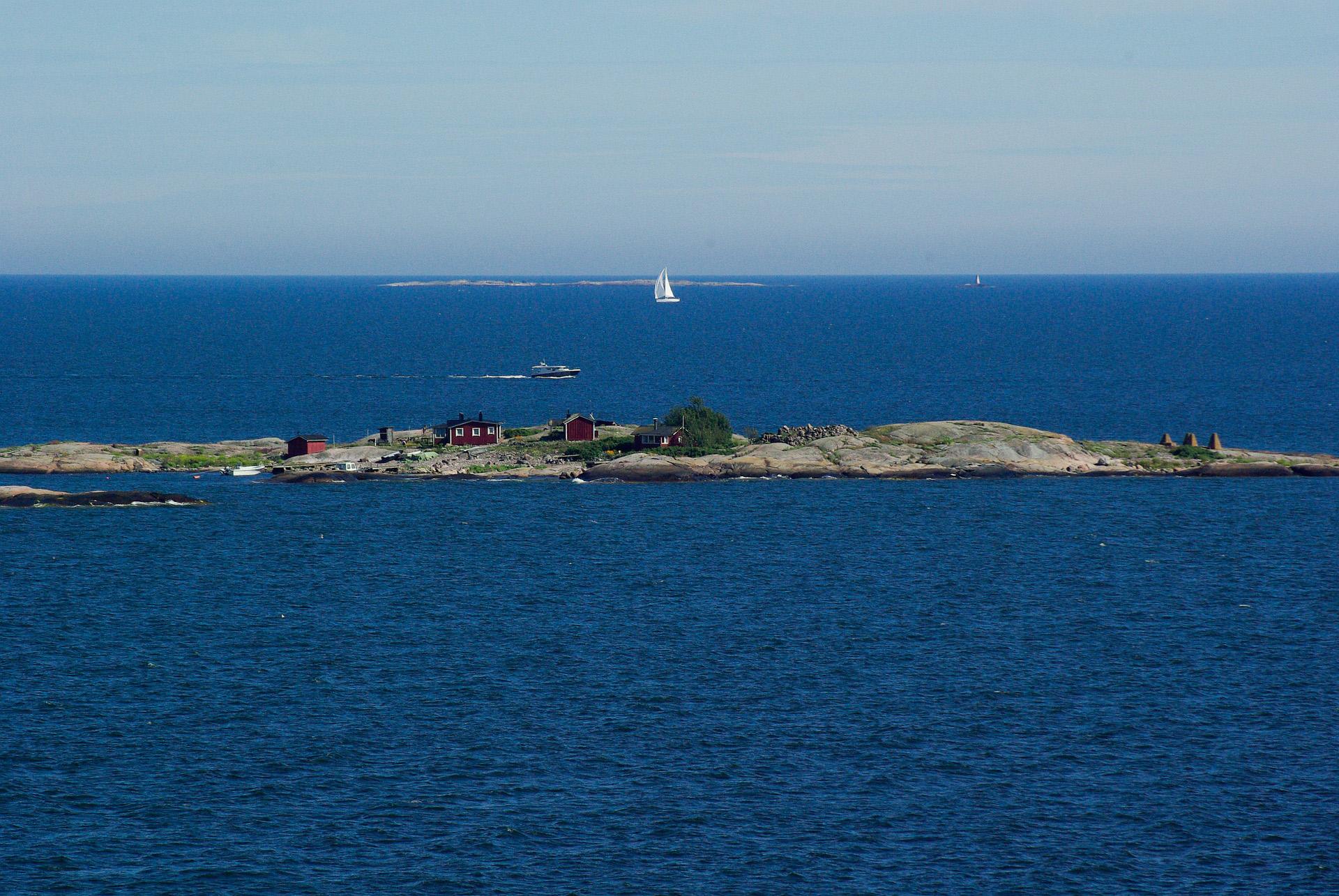As my home country Finland celebrated its first centenary, I thought about all the accomplishments that we as a nation can feel proud of. Many historical developments can fit into one century, including the creation of a society that is both equal and prosperous. However, for me, one of Finland’s finest achievements is the significant improvement of the condition of the Gulf of Finland over the past decade. Of all hashtags, the one that seems best suited for this text would be the slogan of the anniversary: #together!
Just ten years ago, the situation on the Gulf of Finland seemed hopeless. Its surface covered with a growth of cyanobacteria every summer, it was the most eutrophic sea area in the Baltic Sea. The residents of the coastal area of the Gulf of Finland had to live with cloudy water that was unfit for swimming and organisms suffered from an environment that could no longer sustain them. There were a number of coastal states that would, year after year, come up with different agreements and systems, but after more than three decades, they were not able to improve the condition of the Baltic Sea, let alone its most eutrophic area, the Gulf of Finland. There were top researchers and marine biologists who knew exactly what was wrong with the sea, but even for all their knowledge they were not able to change the direction of the development.
Cyanobacteria feed on phosphorus, and in the past decade, the amount of phosphorus in the Gulf of Finland has been reduced by 75 per cent. This is an incredible accomplishment. First, the efficiency of wastewater treatment in St. Petersburg was improved to European levels. Simply treating more efficiently the wastewater generated by a population of five million cut the phosphorus leakage to the sea by more than 30 per cent. In addition, the massive discharges from the phosphorus plant located by River Luga next to the Estonian border in Russia were directed for cleaning. As a result, another significant portion of the emissions causing the eutrophication on the Gulf of Finland was eliminated. The quality of the water in the sea area has improved visibly, especially in the eastern parts. This has also been confirmed by research institutions, such as the Finnish Environment Institute. Considering the reduced load, it’s no wonder – I don’t think the strain on any water system in the world has been reduced as much in as little time.
So, how did we remedy the hopeless situation in the Gulf of Finland and join the top marine conservation experts on the planet? By focusing on the environmental measures that offered the fastest and most effective solution to reduce emissions sources in Russia. In addition, the success story was preceded by a fair amount of successful environmental diplomacy, i.e. the skill to work together with the central Russian operators to create a common goal and vision about reducing emissions on the Gulf of Finland. I’m not referring to the crème de la crème in Kremlin, but to the people conducting the actual work: the workers processing the wastewater at water plants and factories.
For the end results, it has also been essential that Finns have really worked as a team to reduce emissions on the Gulf of Finland, with operators from the private and public sector seamlessly supporting one another. During these challenging times, it is good to remember what a formidable asset a small, unified society can provide at best. By playing together towards a single goal, we can achieve great victories, even those that initially seem impossible, such as seeing the waters of the Gulf of Finland become clearer.
Even though the condition of the Gulf of Finland has been significantly improved, the story of the Baltic Sea as a whole is still waiting for a positive turn. The situation of the sea’s main basin remains grim. The phosphorus that has been bound in the seafloor over the decades occasionally bursts out as a result of saline pulses, eastern winds and winter storms, thus also contributing to the deterioration of the condition of the Gulf of Finland.
Nevertheless, the recovery of the Gulf of Finland offers a great model for improving the condition of a sea area: emphasis should be placed on the fastest and most effective measures, with particular focus on reducing the eutrophying phosphorus load. It is essential that we maintain a clear, shared goal and strive for it by combining the resources and possibilities offered by different operators and sectors. In accordance with the motto of our foundation: nothing is impossible, not even the revitalisation of the Baltic sea—as long as we work #together.

Marjukka Porvari
Director, Clean Baltic Sea projects

